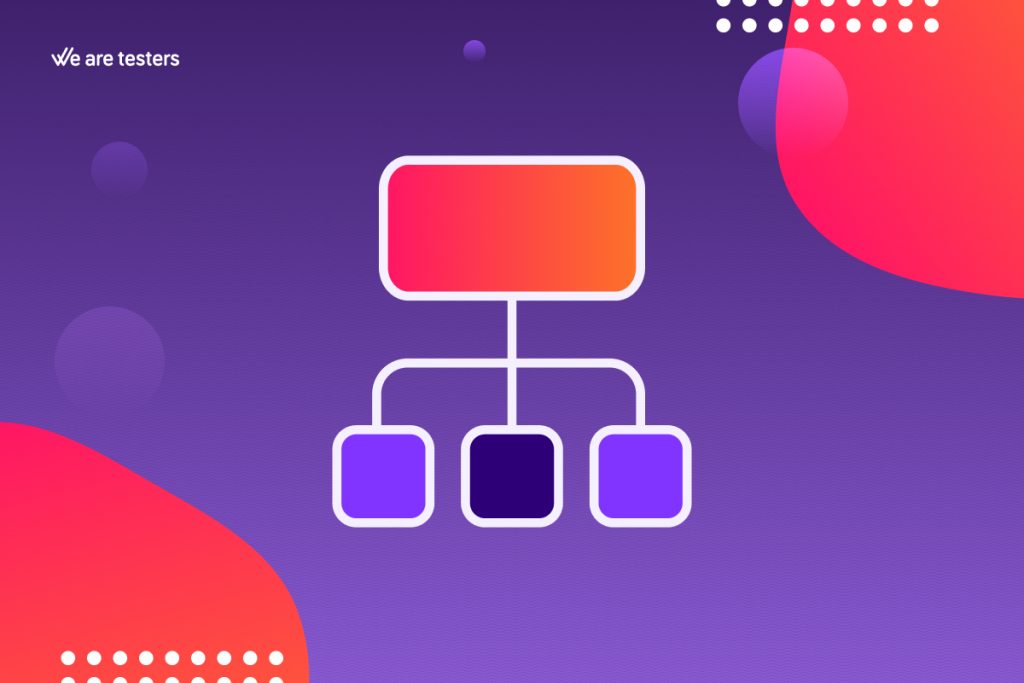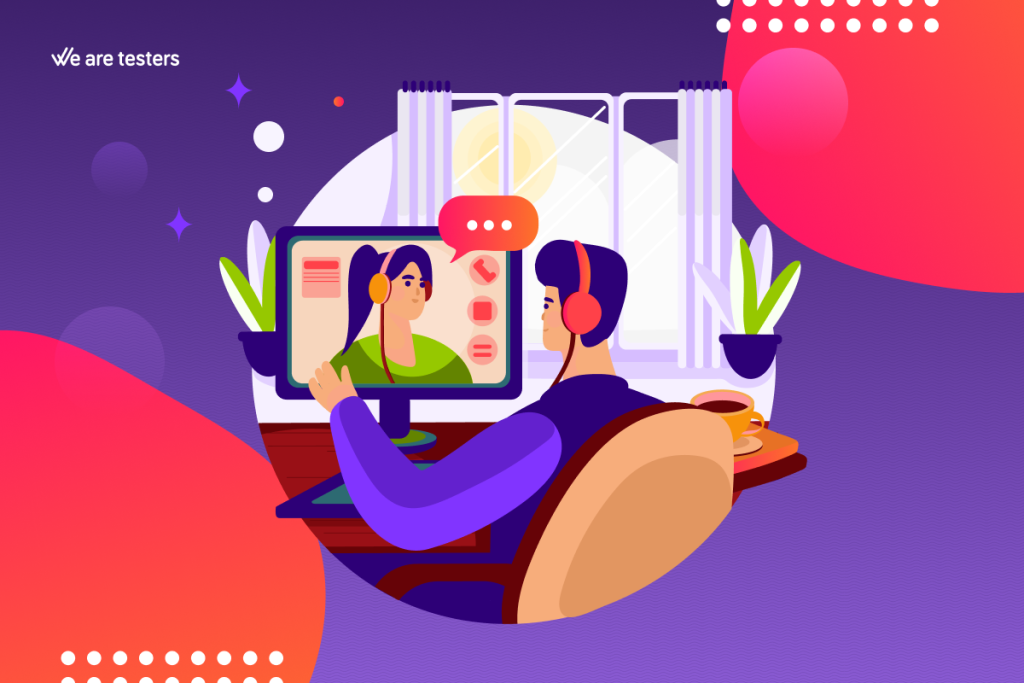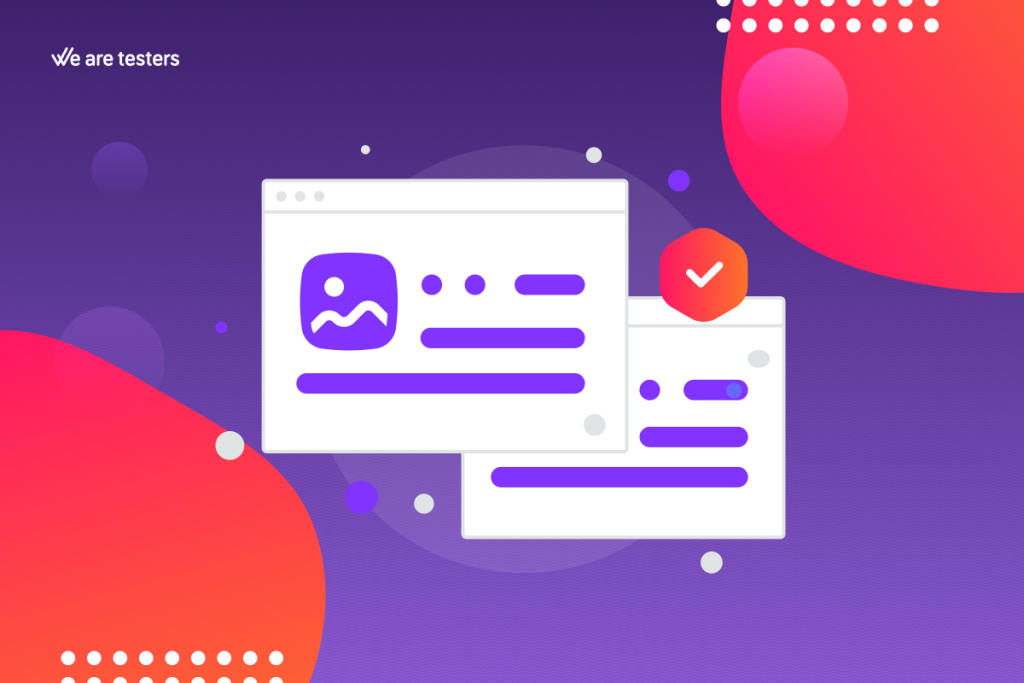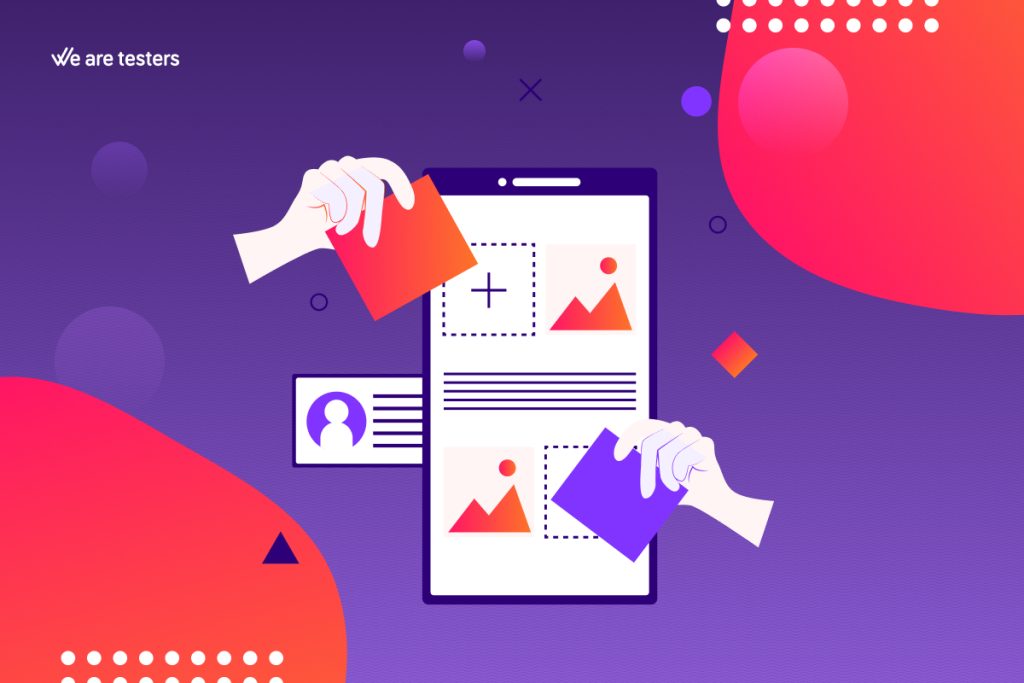
User interviews are one of the best known and most widely used UX research techniques in the world. They give you a deep insight into what users think about a digital environment, are easy to organise and combine wonderfully with all kinds of usability tests. Today we tell you what user interviews are and how you can organise and conduct your own interviews effectively.
What are user interviews or UX interviews?
User interviews are a qualitative research technique used in UX research to gain an in-depth understanding of users’ needs, expectations and experiences with a digital product. Their exploratory nature makes them ideal in discovery phases to better design an application or functionality.
UX interviews require the participation of an interviewer and are conducted with a relatively small number of people. Between 5 and 10 people are usually enough to collect a good amount of information. If we want statistical validity, we can always complement them in a second phase with quantitative tests, such as UX surveys, to help quantify the prevalence of each of the points of view collected.
What are user interviews for?
User interviews enable better solutions to be designed through a better understanding of the target user. Thanks to them, design and development teams are able to:
- Understand user needs: What do users need the tool for? What do they expect to get out of it? In what situations will they use it? What is important for the product to be able to do? As you can see, all these questions are crucial to be able to create a product that truly adapts to what they really need.
- Validate ideas and concepts: that idea that seems so good in a brainstorming session with the team may not be relevant for the real user. Therefore, before investing in development, it is necessary to validate all ideas that impact on the usability of the product. Also, consider the opportunity cost, since by spending time developing functionality that has no value to the user, we may lose positions to competitors who better identify what is truly important to the user.
- Identify problems: By talking directly with users, it is possible to identify problems, friction or pain points. This can help us improve our usability and distance us from competitors.
- Develop empathy for users: There is nothing more powerful in helping the team put themselves in the user’s shoes than listening unfiltered to what they think. Listening to their stories, their experiences and the challenges they face will help the team design more user-centric solutions.
When to use user interviews
Because the process of developing applications through the agile methodology is iterative, there will be many times throughout the product lifecycle when we can use user interviews:
- At the beginning of a project to explore and understand user needs.
- During the design process to validate ideas and get feedback.
- After launch to gather feedback and views on the actual user experience.
- Whenever relevant functionality needs to be developed.
- Whenever competitors launch new and improved versions of products with the ability to change user expectations.
Types of user interviews
There are several types of user interviews that can be chosen depending on the research objectives:
- Structured user interviews: a predetermined set of questions is used and asked to all participants in a uniform way. The questions are usually closed-ended and designed to elicit specific responses. These types of questions are often used when we already have a good understanding of the topic and want to focus on more specific aspects than the user experience.
- Semi-structured user interviews: These interviews use a combination of open-ended and closed-ended questions, allowing the questions to be adapted according to the answers and direction of the conversation, but maintaining a common script.
- Open-ended user interviews: These are detailed conversations with a flexible moderation pattern and using open-ended questions. This is the most exploratory interview, ideal for when we do not yet know a topic well.
How to conduct effective user interviews
In any user interview project there are three key phases. The preparation, the conduct of the interview and the analysis. Here are some tips on how to conduct your user interviews effectively.
Preparing the user interview
Preparing for a user interview is essential to obtain valuable and relevant information to help understand their needs, expectations and experiences. Here are some key steps:
- Define the objectives of the interview: Before you start, it is important to be clear about what you hope to get from the user interview. What questions do you want to answer? What information do you need to obtain from users? Involve the design or product teams in this phase. Setting clear and shared objectives will help make your research more useful and impactful.
- Recruit the right participants: Select users who adequately represent your target audience. Between 5 and 10 may be sufficient, depending on your objectives. Consider factors such as demographics or level of experience with the solution to ensure you have a diverse sample that reflects the diversity of your users.
- Create the interview script: Draw up a list of topics to cover. Consider when to ask open-ended questions and when to ask closed-ended questions. You can also include optional follow-up questions to elaborate on specific issues that may arise. Organise them so that you start with lighter questions at the beginning, to gain the interviewee’s trust, and move towards more complex and specific questions as you progress through the interview with the user. Once you are satisfied with your script, don’t forget to test it with colleagues to help you check that you have considered all the important points and to give you suggestions for improvement.
- Choose the platform: Nowadays most user interviews are conducted online. Choose a solution that is easy for your interviewees to use. Having a specialised tool like We are testers will allow you to include hidden observers, record the session, take smart notes and transcribe the audios automatically. All this will help make your job easier.
Now you are ready to start the interview. Let’s get started!
Conducting the user interview
Now you have to put everything you have prepared into practice:
- Establish a trusting relationship: Start the interview by creating a comfortable and welcoming atmosphere for the user. Explain clearly the purpose of the interview and reassure them that their opinions are valuable and welcome. This will help them feel more comfortable and open during the interview and allow you to gather more in-depth and higher quality information.
- Listen actively: Pay attention to the user’s responses and show genuine interest in what they are saying. Make eye contact, nod your head and use positive body language to show that you are listening and value what they are saying.
- Follow-up: If the user gives vague or superficial answers, don’t be afraid to ask follow-up questions to get more detail and dig deeper. Encourage the user to expand on their answers and provide concrete examples where possible.
- Keep control of the conversation: While it is important to allow the user to speak freely, it is also important to keep control of the conversation to ensure that all important topics are covered. If the conversation gets too sidetracked, gently steer the user back to the main topic.
- Handle negative or critical responses: If the user criticises your product, accept it with an open and appreciative attitude. Don’t defend or justify the current design, instead, delve into the reasons behind the comments and try to understand the user’s concerns.
- End in a friendly way: At the end of the interview, thank the user for their time and for sharing their experiences.
Analysis of the user interviews
You have now conducted the interviews. Now it’s time to review the materials and draw conclusions. Let’s get to it.
- Transcribe the video interviews: This will allow you to have a record of everything that was said and will facilitate the analysis. If you have used We are testers, you don’t need to transcribe the interviews yourself.You can access the automatic transcripts.
- Identify patterns: Read the transcripts and start to identify common themes among the users’ answers.Code the responses by assigning labels or categories that reflect the key themes.If you use We are testers, you can let the AI make a summary proposal and list the main ideas for you.Refine the AI’s conclusions until you are satisfied with the result.
- Write your report: Document your insights in a report. Include verbatims – specific examples of user responses – and video clips to support your conclusions and recommendations. There is nothing more compelling than seeing users express themselves in their own words.Share your report with stakeholders by highlighting the value and practical utility of your findings.
There you have it. Now the design and development teams have what they need to create a better product and you can focus on your next research.
User interviews with We are testers
As you’ve seen, conducting user interviews is easy by following the tips we’ve given you. If you are ready to start your user interviews, We are testers can help you in several ways:
- Find your participants.We have a panel of over 120,000 users ready and motivated to participate in UX testing. We know where they shop, which banks they are customers of, which insurance company they use and much more. So we can select them for you with just a few clicks.
- Save time and conduct more reliable interviews with a platform specialised in UX research. Through We are testers you can organise your own user interviews and all kinds of usability tests in a professional way. Record sessions, invite hidden observers and save time by relying on AI to help you transcribe audios, analyse your interviews quickly and much more.
- Access expert support. Our team will be at your side whenever you need us to organise and help you with your interviews. And if you prefer to have a UX researcher moderate your interviews for you, leave everything to us while you participate as a hidden observer.
Ready to start organising UX interviews? Contact our experts to help you get started!
Update date 19 April, 2024

